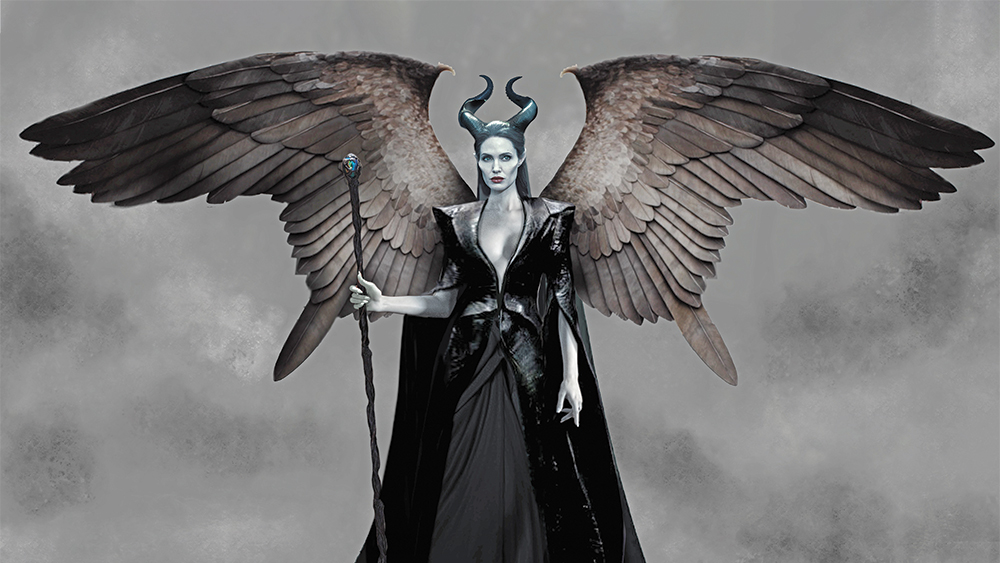Concept Artist Phillip Boutte Jr. on Hollywood’s Growing Diversity and Technology
By Carla Renata
LOS ANGELES (Variety.com) – Phillip Boutte Jr., assistant costume designer for Mattel and Netflix’s upcoming “,” has worked tirelessly for well over a decade to establish himself as a concept artist whom costume designers and studios are eager to work with.
With credits such as “Black Panther,” “Bohemian Rhapsody” and “Captain Marvel,” to name just three, Boutte has become one of the few people of color in a field in which directors and star talent can step in and make a difference by championing inclusion.
Director-producer routinely strives to make sure her projects feature diversity both in front of and behind the camera. One example: “A Wrinkle in Time,” for which Boutte was the costume concept artist. “She said, ‘There are people out there who can do this job. You may not know them, they may not be the usual people you hire, but they are there and I’d like to find them,’” Boutte says.
Boutte recently worked on “Maleficent: Mistress of Evil,” with costume designer Ellen Mirojnick tapping him for concept art. “She put me up to do some work with Angelina [Jolie],” Boutte notes. “It was the first time that I’d ever been trusted enough to do that.” The experience allowed him to view Maleficent through Jolie’s lens, unfiltered by a production designer, a producer or the director. He gained perspective on the character directly from the actor, which he says “is very rare.”
Boutte cites Syd Mead, the “Godfather of concept art,” as a major inspiration, saying Mead’s work on “Blade Runner” moved him to strive to become a conceptual artist. “It’s almost impossible to want to do concept art as a career and not see Syd’s work immediately,” he explains. “You realize that you’ve been seeing his work before you knew who he was.”
Technology, Boutte says, has changed the world of concept art for the better: “It’s sped everything up; it feels like there are no limits.” When he started in the business some 16 years ago, traditional illustrations on paper with pencil and watercolors were the norm. “Now,” he says, “we’re working in 3D illustration in programs like Oculus Rift, where you can view your work through a virtual reality headset, walk around your work, look at it and make notes.”
With Hollywood spending more on franchises that have built-in audiences and draw in families, Boutte takes a moment to reflect on an earlier time. “It was amazing, because you had movies where people took chances. It didn’t have to be a franchise. It wasn’t ‘Well, this made money before, so let’s see how many more of these we can make.’ It was about having an original idea, developing it and releasing it. Hollywood has to remember the art.”
Yet going forward, Boutte says tech advances and streaming services will allow for more stories and more points of view. “I feel technology is shrinking the gap with content to [a place] where we can now put out art again,” he says. “I’m excited about that.”

